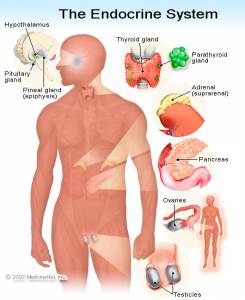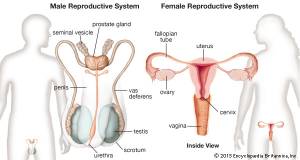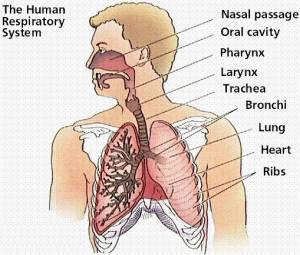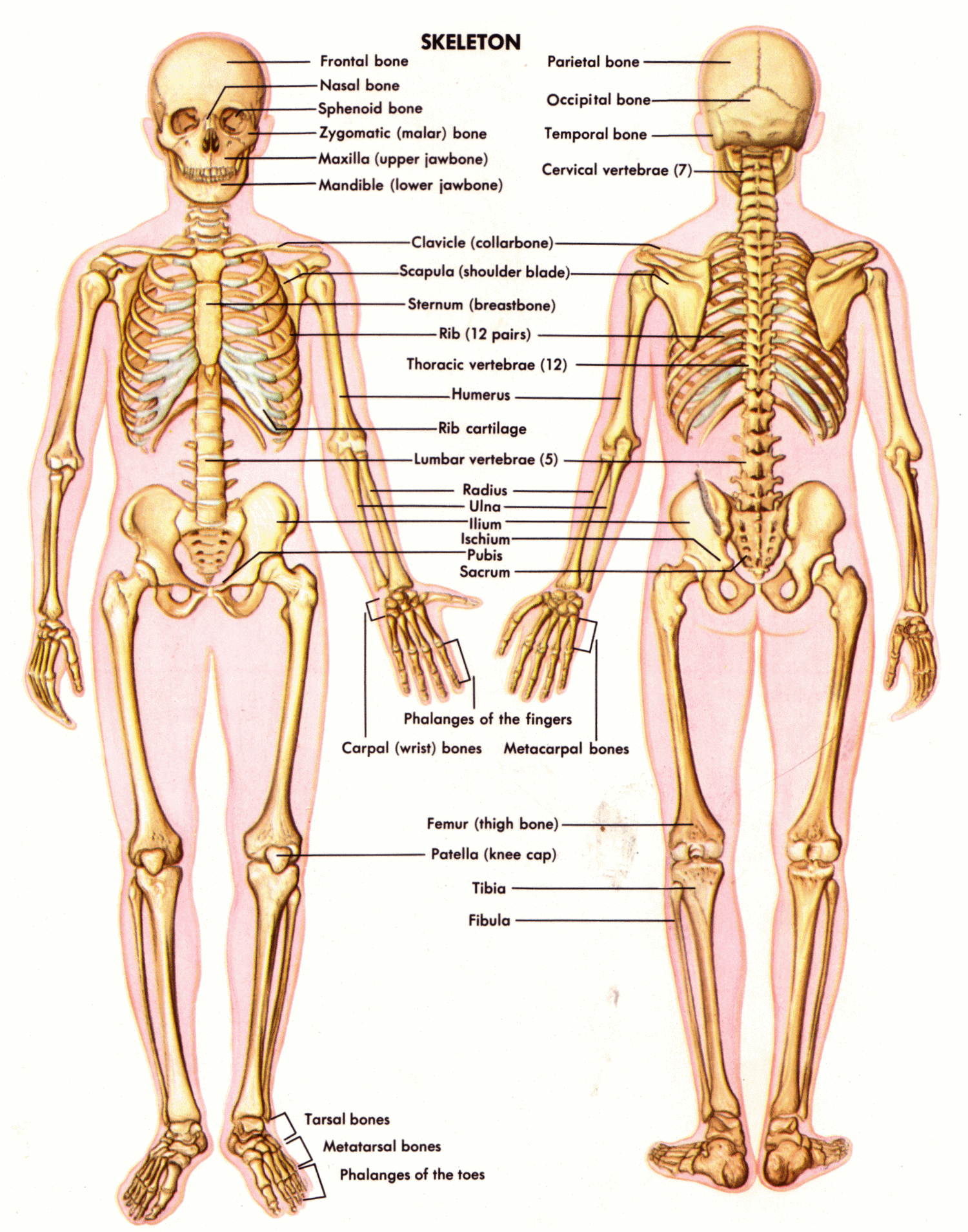The human body consists of different complex organs which are also subdivided into smaller units and into specific body parts. No matter how small or large each part may be, they work together as one and enable a human to live in full potential.
Circulatory System
The circulatory system works as a transporter of nutrients and gasses all over the body and into each tissue fiber, down to each cell. The distribution of nutrients gasses are made possible by blood which circulates in every part of the body.

Subdivisions:
- Cardiovascular system: made up of heart, blood and blood vessels. The main worker of this subdivision is the heart. The heart enables blood to be circulated thru blood vessels throughout the whole body.
- Lymphatic system: made up of lymph vessels, lymph nodes, tonsils, spleen and thymus. The main work of this subdivision is to produce and disseminate lymphocytes, which are immune cells through connection of arteries and veins.
Digestive System
The digestive system primarily consists of mouth, stomach, the small and large intestines and rectum. On the other hand, accessory organs such as teeth, tongue, liver and pancreas assist the primary organs to make the breakdown of food easy and manageable.
This digestive system makes the food we eat to be substances which nourish and activate our body in the form of energy. Enzymes and digestive juices play the vital role of converting fats, proteins and carbohydrates into energy that our body uses every day.

Endocrine System
The endocrine system plays the big role in physical growth, homeostasis, metabolism and sexual development of the human anatomy. The system exudes and handles hormones and hormonal function. The main parts include: pituitary gland, pineal gland, thyroid gland, thymus, ovaries (women) and testes (men).

Integumentary System
The integumentary system which involves the skin, nails, hair and sweat glands, secure internal organs from harm or injury. Furthermore, it averts dehydration, stores fat and makes vitamins for the body.

Muscular System
The muscular system is all about muscle tissues and helps the whole body to be flexible in movements.

Nervous System
The nervous system serves as the nexus of control for the whole human anatomy. It does the coordination and monitoring of internal organs to suit the external surroundings. The system is made up of the brain, spinal cord and the nerves.

Reproductive System
The reproductive system allows humans to produce their offspring through sexual intercourse, and ensures sex cell production until the development of progeny.
- Male reproductive organs: testes, scrotum, penis and prostate
- Female reproductive organs: vagina, ovary, uterus and mammary glands

Respiratory System
The respiratory system allows oxygen to enter the body. This is made possible through breathing or inhaling. The nose, larynx, trachea, diaphragm, bronchi, and lungs are the main organs that make up the respiratory system.

Urinary/ Excretory System
The urinary or excretory system filters and discharges excess fluid or other harmful substance streamed through the blood. The kidneys, urethra and bladders are the main organs within this system.

Skeletal System
The skeletal system is the framework of our body. Meaning it gives form and shape while letting body to move freely. It also protects our body, and mainly the internal organs from injuries. It helps the body to store minerals and produce blood cells. This system is made up of bones, cartilages and joints.

